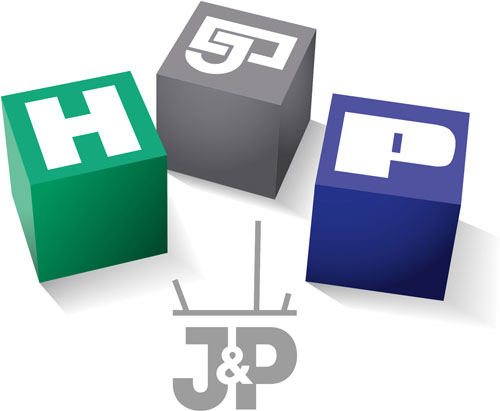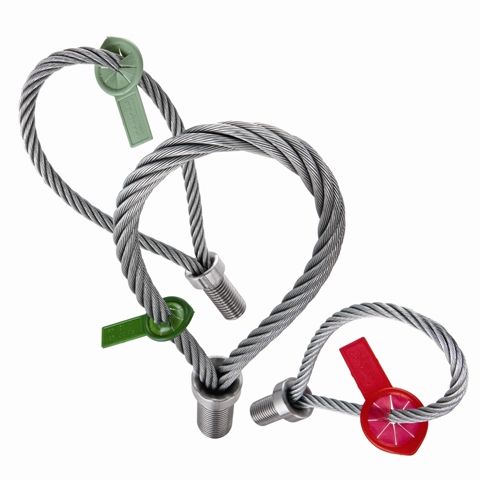Jeremy Wedge of J&P Building Systems looks at a new guideline for lifting inserts and systems to enhance the safe lifting of precast elements and standardise practice.
Many construction problems are now solved with complex prefabricated components. Precast brings many benefits to a construction project, in the form of time and safety benefits. For example, infrastructure projects constructed over live rail or roads allow limited closures. However, while precast components can benefit project delivery, there is a significant amount of planning required for the designer. Early engagement with a specialist designer is essential for the successful delivery of the project.
The safe lifting of precast elements has developed over many years, but in the Eurocodes for the design of structures, such as EN 1990(1) and EN 1992-1-1(2) (Eurocode 2), there is limited information available to the designer on how to design lifting assemblies, in particular, the lifting socket placed in the concrete. Chains, slings and lifting keys for the lift operation are all covered under the Machinery Directive 2006/42/EC (bit.ly/2NLEJYr) but it only covers external metal parts and not the components cast into the concrete.
A number of leading manufacturers formed a working group to clarify working practices and Standards for the production of lifting inserts to be placed into precast components. This resulted in a standard working procedure for manufacturers to produce equipment for the market and overcome this mismatch between Standards and EU law. The guideline produced was the VDI/BV-BS 6205(3). The document sets out the rules for the manufacturer of lifting components and testing regimes. A key point made by all of the manufacturers was that there should be no mix and matching of pieces from separate suppliers.
The VDI/BV-BS 6205 guideline has the objective of encouraging the sharing of information through the life cycles of precast elements. It goes on to cover fabrication work in the precast plant and recommendations for precast designers. It is not uncommon for a precast element to be rotated many times before it is ready to be lifted into place.
The planning of all these operations needs careful consideration, primarily to understand the forces imparted on the lifting inserts. A lift in the factory will see different load actions compared to those on-site. By employing a specialist in this field, all of these load actions should be considered and planned in the work’s programme. Colour coding of parts, introduced by the leading manufacturers, allows compatible parts to be connected without risk. Colour coding and load ratings can be added to the model and tabulated on the parts drawing.
As more project designers consider the precast option for construction, so the complexity of the shape and form of precast elements increases. In many cases it is still a simple process to determine the centres of gravity of precast elements and the point of instability also needs to be considered. Whereas beams and columns still form the bulk of components lifted, the consideration of components forming the whole structure is now the norm.
In the past, scale models were built of the parts to be lifted to determine safe lifting, however it is now possible to undertake this work using building information modelling (BIM) software. The BIM environment offers designers a level of sophistication in scheduling parts, and moves are being made to add intelligence to some of the lifting inserts. The information will inform the designer of capacity and part selection.
Large precast elements often require specialised sacrificial lifting loops that are left in place and form part of the final structure. Use of this type of lifting loop involves specialist support, as they impart localised stresses within the main body of the precast element. The specialist manufacturer will have undertaken testing to validate load data and will provide the appropriate level of technical support to ensure the lifting operations are completed successfully.
Reputable manufacturers have invested a great deal of time to perfect the safe lifting of precast elements and also bring some sense of safety guidance to the industry. However, there remain some contractors and factories that still make their own unregulated lifting loops, or use imported parts from suppliers that do not perform the same level of quality and verification checks that are set out in the VDI/BV-BS 6205 guideline. These lifting products are in use due to their low cost, but they also bring with them a level of risk that has no warning of pending failure for the people who work with them. Lifting components from reputable manufacturers come with performance guarantees and expert design support. In contrast, their cost is insignificant when safe lifting operations are required every time.
[References]:
1. BRITISH STANDARDS INSTITUTION, BS EN 1990. Eurocode. Basis of structural design. BSI, London, 2002+A1:2005.
2. BRITISH STANDARDS INSTITUTION, BS EN 1992-1-1. Eurocode 2: Design of concrete structures. Part 1 – General rules and rules for buildings. BSI, London, 2004+A1:2014.
3. VDI-FACHBEREICH BAUTECHNIK, VDI/BV-BS 6205. Lifting inserts and lifting systems for precast concrete elements – Principles, design, applications – Design and application. VDI, Düsseldorf, Germany, 2018.

